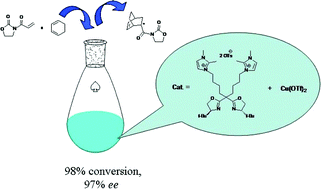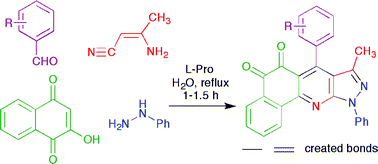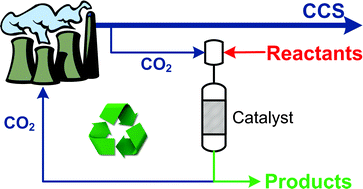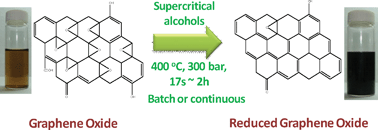This month sees the following articles in Green Chemistry that are in the top ten most accessed:-
Recent advances in ionic liquid catalysis
Qinghua Zhang, Shiguo Zhang and Youquan Deng
Green Chem., 2011, Advance Article, DOI: 10.1039/C1GC15334J
Examples of heterogeneous catalytic processes for fine chemistry
Carlo Lucarelli and Angelo Vaccari
Green Chem., 2011, 13, 1941-1949, DOI: 10.1039/C0GC00760A
Efficient catalytic conversion of fructose into hydroxymethylfurfural by a novel carbon-based solid acid
Jianjian Wang, Wenjie Xu, Jiawen Ren, Xiaohui Liu, Guanzhong Lu and Yanqin Wang
Green Chem., 2011, Advance Article, DOI: 10.1039/C1GC15306D
Ionic liquid pretreatment of lignocellulosic biomass with ionic liquid–water mixtures
Agnieszka Brandt, Michael J. Ray, Trang Q. To, David J. Leak, Richard J. Murphy and Tom Welton
Green Chem., 2011, 13, 2489-2499, DOI: 10.1039/C1GC15374A
Selective catalytic oxidation of glycerol: perspectives for high value chemicals
Benjamin Katryniok, Hiroshi Kimura, Elżbieta Skrzyńska, Jean-Sébastien Girardon, Pascal Fongarland, Mickaël Capron, Rémy Ducoulombier, Naoki Mimura, Sébastien Paul and Franck Dumeignil
Green Chem., 2011, 13, 1960-1979, DOI: 10.1039/C1GC15320J, Critical Review
Impact of ionic liquid pretreated plant biomass on Saccharomyces cerevisiae growth and biofuel production
Mario Ouellet, Supratim Datta, Dean C. Dibble, Pramila R. Tamrakar, Peter I. Benke, Chenlin Li, Seema Singh, Kenneth L. Sale, Paul D. Adams, Jay D. Keasling, Blake A. Simmons, Bradley M. Holmes and Aindrila Mukhopadhyay
Green Chem., 2011, Advance Article, DOI: 10.1039/C1GC15327G
Green synthesis of metal nanoparticles using plants
Siavash Iravani
Green Chem., 2011, Advance Article, DOI: 10.1039/C1GC15386B
Ionic liquids and fragrances – direct isolation of orange essential oil
Katharina Bica, Peter Gaertner and Robin D. Rogers
Green Chem., 2011, 13, 1997-1999, DOI: 10.1039/C1GC15237H
Towards rational molecular design: derivation of property guidelines for reduced acute aquatic toxicity
Adelina M. Voutchkova, Jakub Kostal, Justin B. Steinfeld, John W. Emerson, Bryan W. Brooks, Paul Anastas and Julie B. Zimmerman
Green Chem., 2011, 13, 2373-2379, DOI: 10.1039/C1GC15651A
Sulfonic acid supported on hydroxyapatite-encapsulated-γ-Fe2O3 nanocrystallites as a magnetically separable catalyst for one-pot reductive amination of carbonyl compounds
Jia Deng, Li-Ping Mo, Fei-Yang Zhao, Lan-Lan Hou, Li Yang and Zhan-Hui Zhang
Green Chem., 2011, 13, 2576-2584, DOI: 10.1039/C1GC15470B
Why not take a look at the articles today and blog your thoughts and comments below.
Fancy submitting an article to Green Chemistry? Then why not submit to us today or alternatively email us your suggestions.
















